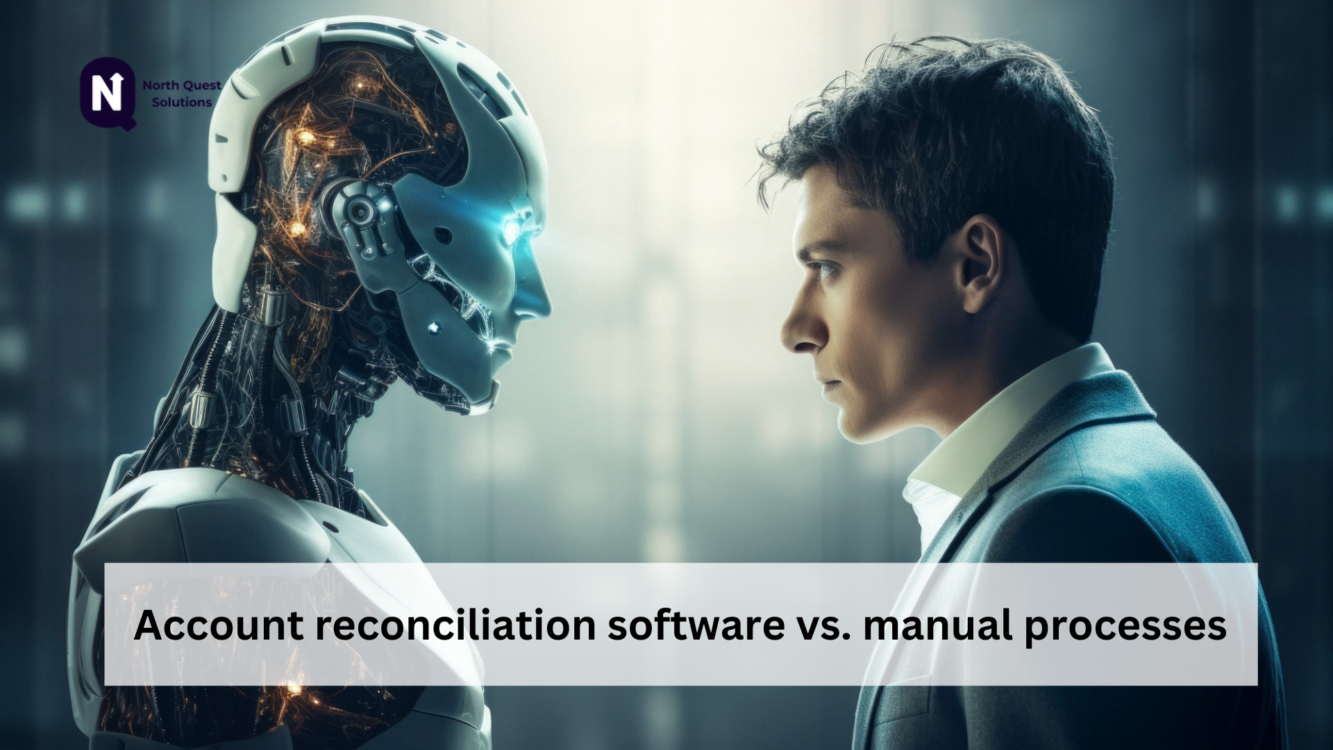
Have you ever faced the daunting undertaking of balancing your checkbook or sifting via monetary statements, looking to figure out where each penny went? That’s account reconciliation in a nutshell, but on a miles larger scale for groups. In this global of finance, two essential gamers dominate manual tactics and software answers. But which one truly gets the activity achieved? Let’s dive into the nitty-gritty of account reconciliation software as opposed to manual processes and discover which one stands tall in the realm of finance.
What is Account Reconciliation?
Account reconciliation is like detective work in finance, making sure every transaction in the books fits actual international economic movements. It’s critical for keeping accurate statistics and making informed enterprise choices.
Manual Reconciliation Processes
Manual reconciliation includes physical exams, spreadsheets, and plenty of paper trails. It’s like piecing together a large puzzle where each piece represents a financial transaction.
Software Reconciliation Processes
Software solutions automate the grunt paintings, sifting through statistics to fit transactions unexpectedly. It’s like having a digital detective who works tirelessly to locate clues and solve the economic puzzle.
Accuracy and Error Handling
Accuracy in reconciliation is paramount. While guide procedures are prone to human mistakes, software program answers boast superior algorithms to minimize errors and spotlight discrepancies.
Time and Cost Efficiency
Manual reconciliation may be a time-eating and highly-priced affair, while software answers streamline operations, saving time and reducing overhead charges.
Scalability and Flexibility
As organizations develop, the complexity of reconciliation increases. Software solutions provide scalability and flexibility, adapting to the converting wishes of a commercial enterprise, unlike guide methods that could turn out to be crushed.
Security Considerations
With the upward push of cyber threats, safety is a pinnacle precedence. Software answers often come with strong security features, even as manual methods are susceptible to bodily and digital risks.
Integration with Other Systems
Software answers shine in their capacity to combine with other financial structures, supplying a cohesive view of financial health, unlike manual strategies that regularly perform in isolation.
User Experience
A suitable software program solution offers a consumer-friendly interface, making the reconciliation technique more accessible and much less intimidating in comparison to the regularly bulky manual methods.
Compliance and Regulatory Issues
Staying compliant with financial policies is easier with software that’s designed to evolve to prison adjustments, while guide techniques require consistent updating and vigilance.
Pros and Cons Summary
We’ll weigh the benefits and disadvantages of every technique, offering a clean comparison to guide organizations in their choice-making method.
Making the Right Choice
Choosing between manual and software program reconciliation depends on various factors like commercial enterprise size, complexity, and assets. We’ll discover how to make the fine selection for your economic desires.
Conclusion
In the balancing act of finance, account reconciliation software often outperforms manual methods, presenting accuracy, efficiency, and security. However, the selection in the end depends on the specific needs and circumstances of each enterprise.
